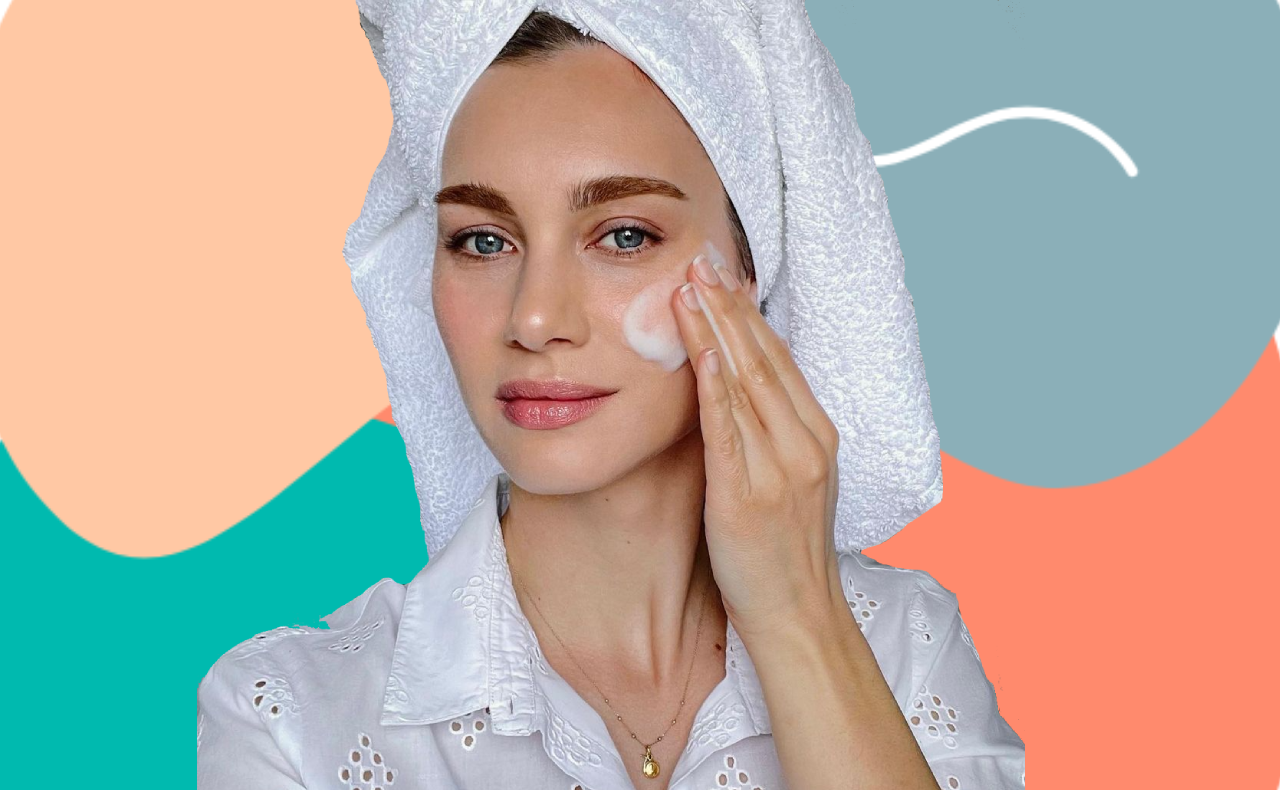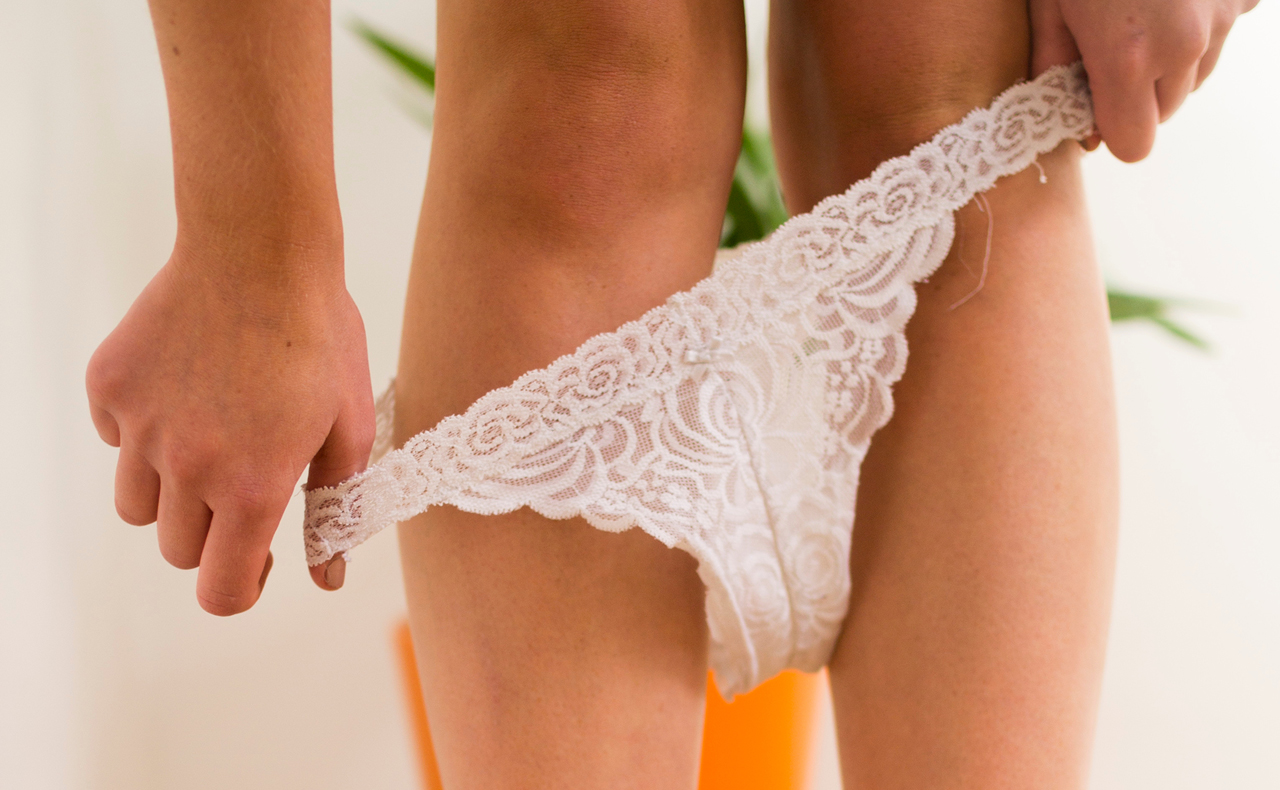Do you ever think about how your favourite beauty tools were first conceptualised? How did the idea come about? What did the first model look like? How did it evolve?
We contacted Philips experts, Rogier de Haas (System Architect for Female Beauty) and Lotte de Koning (Group Leader, Beauty Product Development Female Beauty) to ask these very questions about the epilator, and in the process, we found out all we could about this super useful at-home hair-removal device.
1980s: The conception
When you think about hair removal, shaving and waxing are likely to be the first methods that come to mind. Back in the 80s, they were certainly the two primary ways women would remove their hair. Rogier tells us, “There was a need for a method with longer lasting results, which would be easy to use at home.” With the hopes of creating a superior, electrical alternative to shaving and waxing, the first epilator was born.
1985: The first ever model
In 1985, the first epilator was introduced. It was an electrical device that contained a rotating spiral spring that grabbed hairs and pulled them out at the root. More than a million units of this model were sold per month (impressive, right?). However, it was particularly painful to use as “the rotating spring would grab the hair multiple times before it would be fully extracted from the skin,” explains Rogier. Ouch! In 1988 the Philips Satinelle 1 model was introduced, which pulled out hairs in one single pull. Women around the world breathed a sigh of relief.
2007: Not just for legs
Ah, the noughties – hair removal totally shifted in this era as women wanted less hair all over. So, the industry listened and in 2007 epilator models such as the Philips Satinelle Total Body were released. These models were specifically designed for delicate areas like the bikini line and face. Suddenly, you had one machine that could take care of all your hair-removal woes (and help you keep up with the trends!). The issue of ingrown hairs was also solved with the introduction of exfoliation gloves and brushes.
2012: In the shower
As the years went on, convenience was key and us gals were demanding more from what we kept in our beauty bags. Pair this with increased knowledge in the market on wet and dry electrical devices and you’ve got the first Philips wet and dry epilator, developed by the Philips team in 2012. This could be used in the bath or in the shower, just like a razor – not too shabby!
2016: The epilator today
There are three main features of the Philips epilator today that really set it apart from its predecessors. First, the improvements in the manufacturing technology enabled Philips to manufacture ceramic textured discs with great accuracy. This accuracy is required for removing the smallest of hairs.
Second, there’s the S-shaped handle, a totally new innovation that allows for improved handling and manoeuvrability.
And finally, today’s Philips Epilators have multiple body attachments that fit on the same handle (like a massage and exfoliation attachment), making it a complete beauty tool!
So there you have it, the history of the epilator – changing and evolving with new trends and technologies, not only is it a more effective tool today for removing hair, it’s super versatile with features to care for your skin head to toe!

Do you use an epilator? What do you think about the evolution of this device?




